Rocket Lab in the USA have begun installing a 12-metre tall automated fiber placement machine to produce the world’s largest carbon composite rocket structures in Maryland.
From Rocket Lab 18/08/24 (originally released 08/08/23)
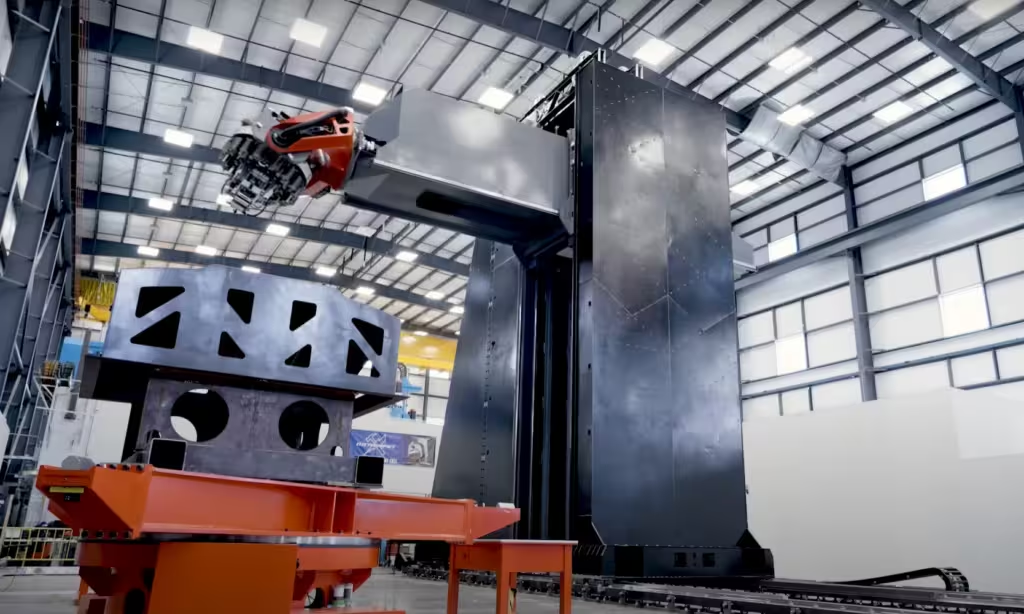
Rocket Lab USA, Inc. (Nasdaq: RKLB) (“Rocket Lab” or “the Company”), a global leader in launch services and space systems, today announced it has begun installation of the largest automated fiber placement (AFP) machine of its kind into the Company’s Neutron rocket production line in Middle River, MD.
The AFP machine will enable Rocket Lab to automate production of the largest carbon composite rocket structures in history.
The custom-built 99 ton (90 tonne), 39 ft tall (12-meter) robotic machine, American-made by Electroimpact in Washington, has just completed final acceptance testing with the manufacturer and installation has begun at Rocket Lab’s Space Structures Complex in Middle River, Maryland.
The new machine will automate the production of all large composite structures of the Neutron launch vehicle including the panels that make up the 91 ft (28 meter) length interstage and fairing, 22.9 ft (7 meter) diameter first stage, and the 16.4 ft (5 meter) diameter second stage tank.
The autonomous machine can move up to 98 ft (30 meters) in length and lay down continuous carbon fiber composite at a rate of 328 ft (100 meters) per minute.
The AFP machine also has a fully automated real-time inspection system that hunts for miniscule defects throughout the laminated carbon composite and alerts the machine operator of any issues before the machine begins laying down the next layer, providing additional assurance that these critical structures of the launch vehicle meet Rocket Lab’s high-quality standards required for reusable Neutron launches.
As Neutron’s carbon composite structures move into full-scale production, this autonomous machine is expected to introduce significant time-savings of 150,000+ manufacturing hours into the production process.
Rocket Lab founder and CEO, Sir Peter Beck, says: “As we build the world’s largest carbon composite rocket, it makes sense that we require a world-first carbon composite fiber placement machine.”
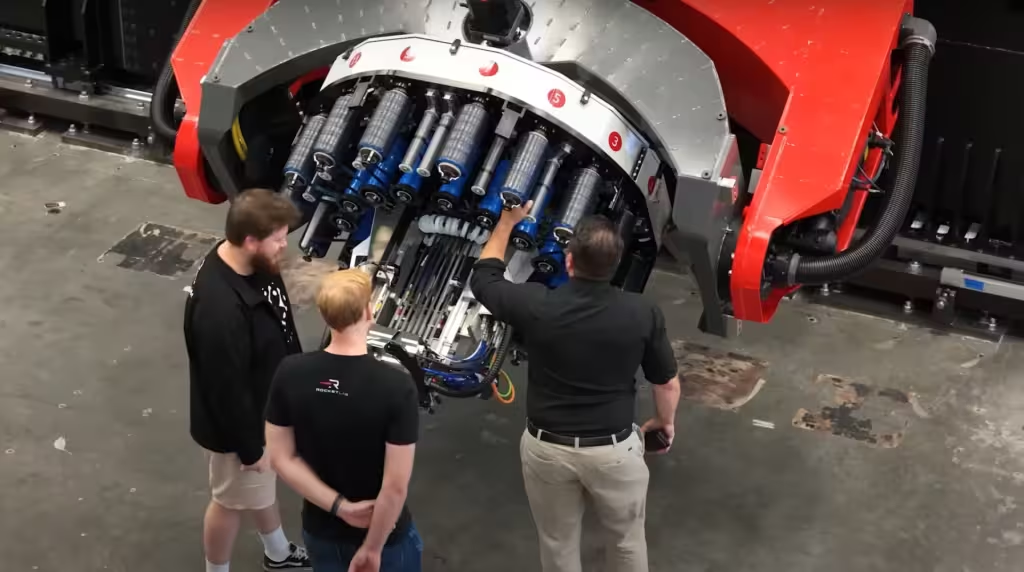
“We’re combining our proprietary flight-proven carbon composite technology, additive manufacturing, and autonomous robotics to design and build large-scale aerospace components at a pace that will support not only Neutron’s launch cadence, but support Electron and carbon composites structures for our spacecraft customers too.”
“We worked closely with our excellent partners at Electroimpact to create this robot and we’re thrilled with the results.”
“It’s an innovative machine producing a next-generation rocket from one of the birthplaces of the aerospace industry in Baltimore, and we can’t wait to see its first carbon composite printed panels come off the production line soon.”
The AFP machine will also be leveraged to print smaller carbon composite Neutron structures, first stages of Rocket Lab’s Electron launch vehicle, and other flight-proven carbon composite structures for space including spacecraft structural panels and assemblies, solar panel substrates, carbon composite tanks and primary structures, and custom projects for the aerospace industry.
About Neutron
Neutron is the new medium-lift reusable launch vehicle by Rocket Lab.
Capable of carrying up to 13,000 kg to low Earth orbit, Neutron is designed to deliver constellations of satellites to space at once, important national security missions, and human exploration beyond Earth’s orbit.
Neutron will be the world’s first medium-lift carbon composite rocket, building off of Rocket Lab’s proprietary and flight-proven techniques utilized across 50+ launches of its Electron carbon composite small orbital launch vehicle.
Powering Neutron is Rocket Lab’s new 3D printed reusable rocket engine Archimedes, an oxygen-rich staged combustion engine using liquid oxygen and methane propellants that is designed for rapid reusability, deep throttle ability for multiple engine burns in space, and for propulsive landings when returning to the launch site.
Neutron will launch and land at its own dedicated launch and test range within Rocket Lab Launch Complex 3 at the Mid-Atlantic Regional Spaceport on Wallops Island, Virginia, starting in 2025.
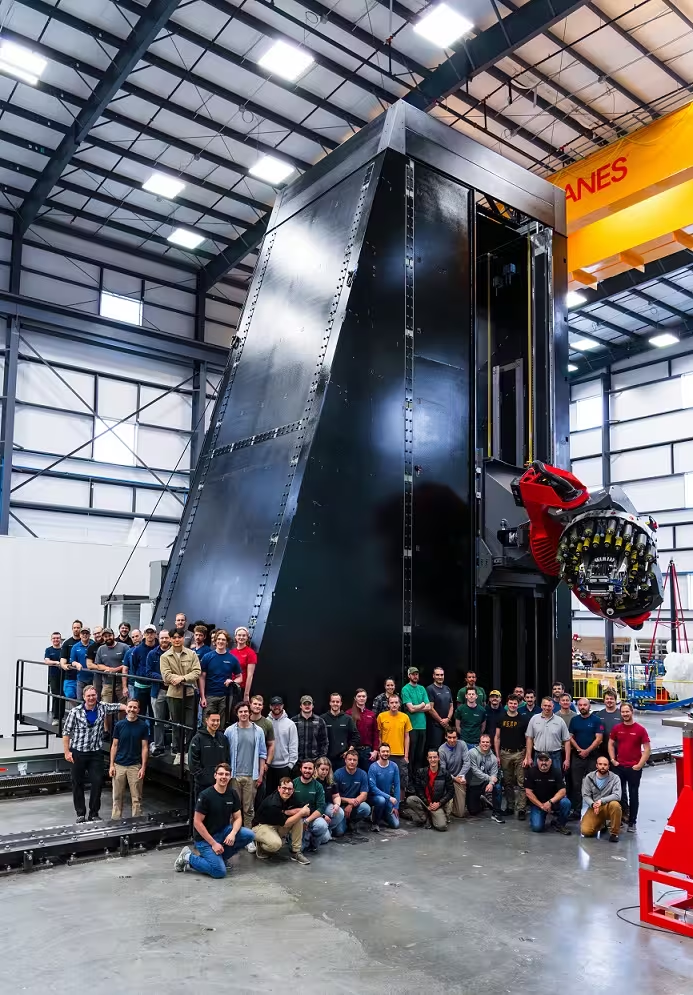
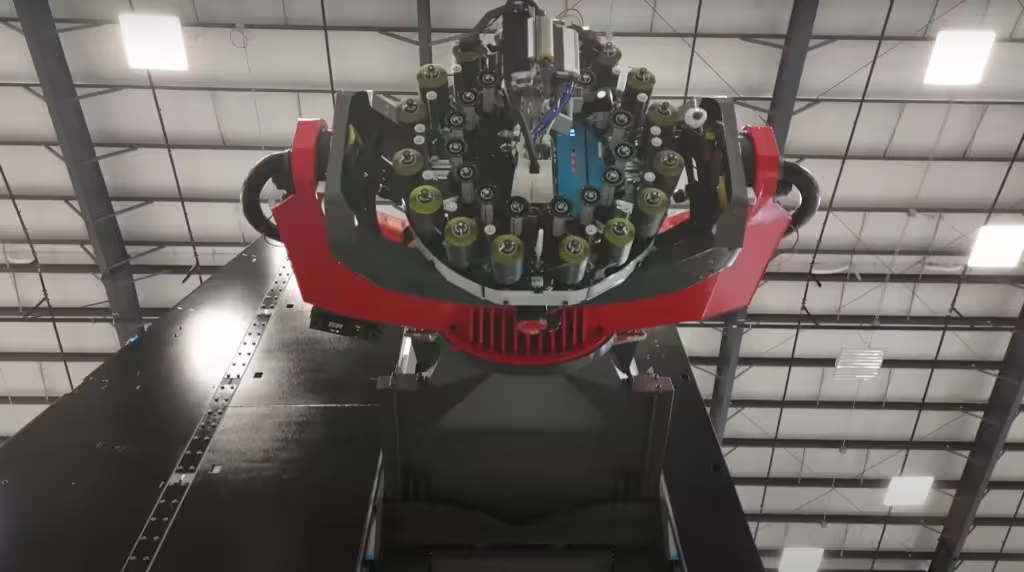
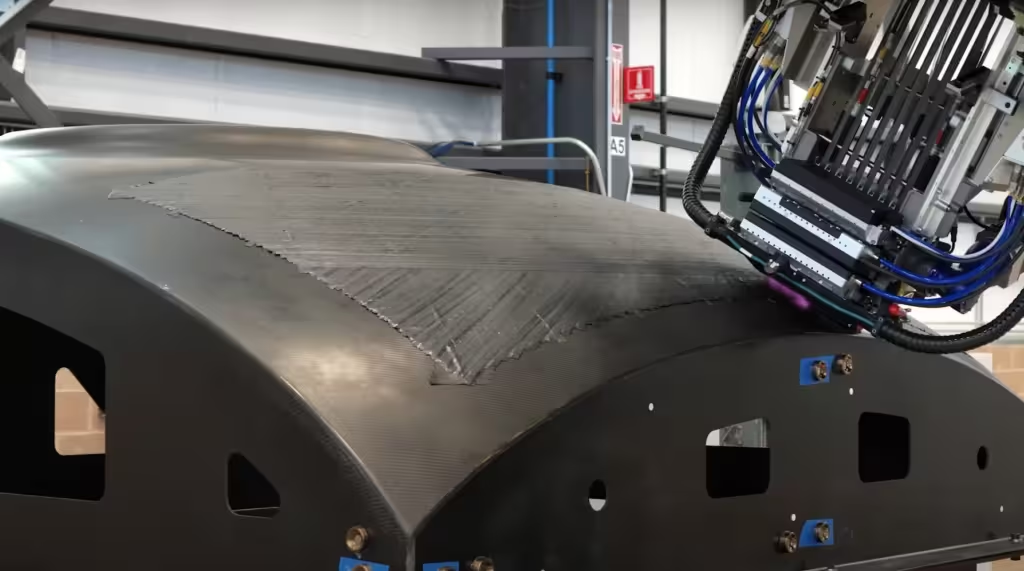
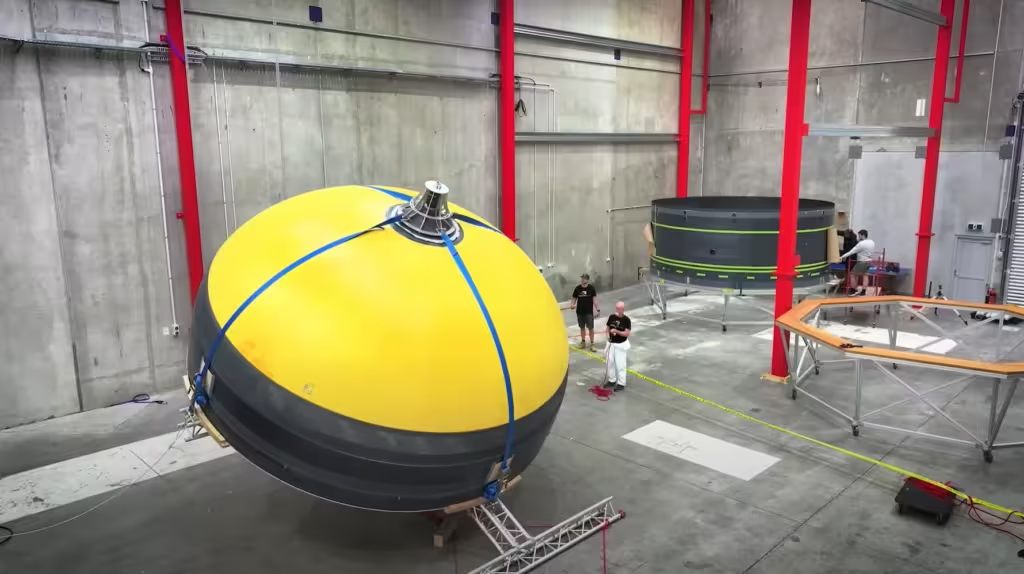
More info
https://www.rocketlabusa.com/launch/neutron
You may also be curious about:
-

New brain-computer interface allows man with ALS to ‘speak’ again
-
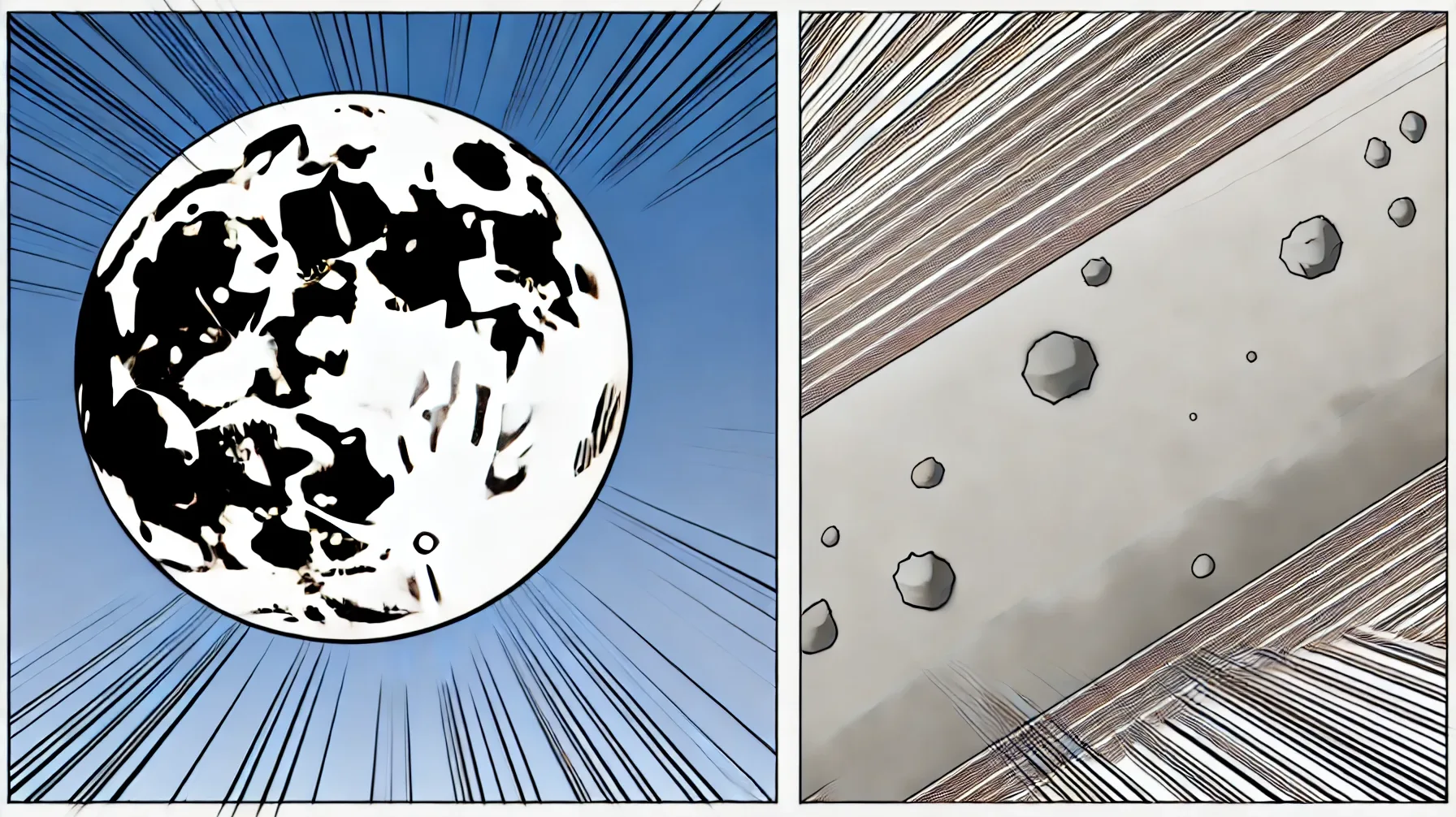
Researchers discover graphene flakes in lunar soil sample
-
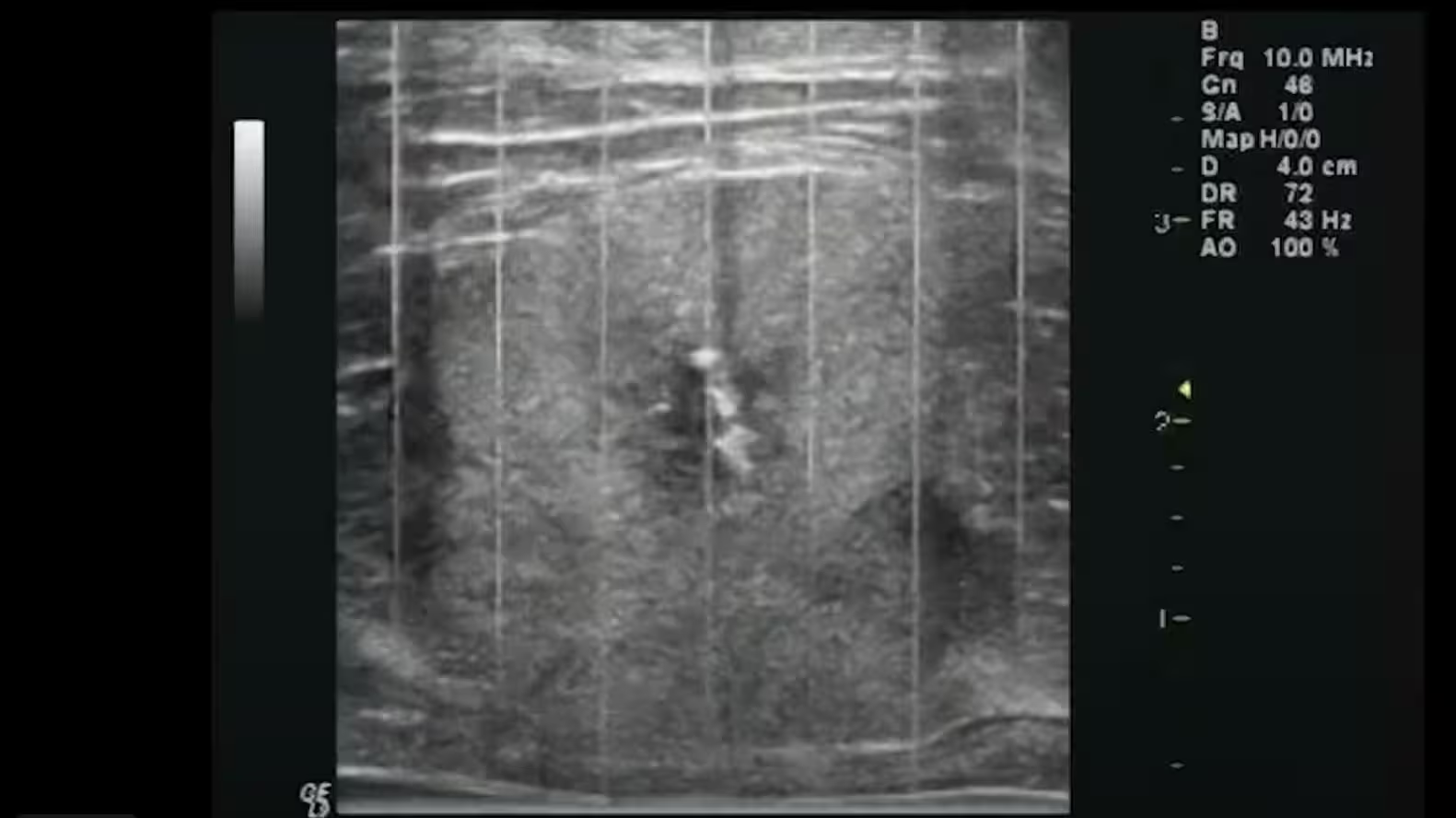
Tumor-destroying soundwaves receive FDA approval for liver treatment in humans
-

Cricket physics: Science behind the modern bowler technique tricking batters
-

Reduce, reuse, reflycle
-
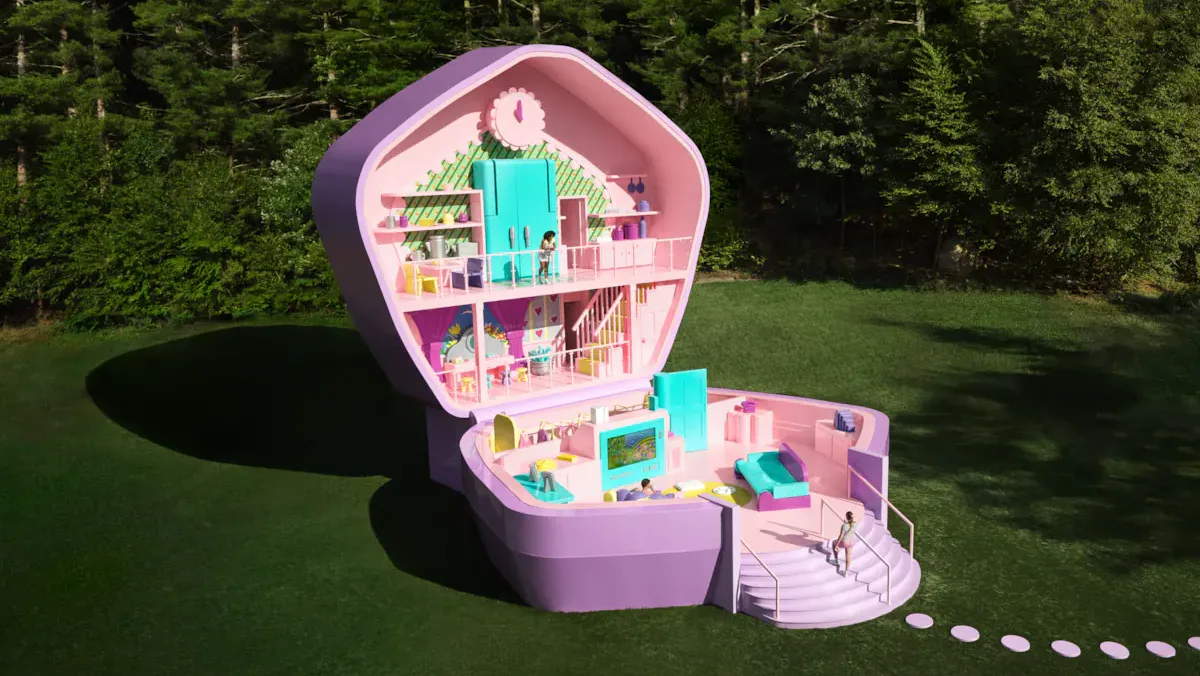
Polly Pocket’s ‘90s-era compact is now life-sized Airbnb
-
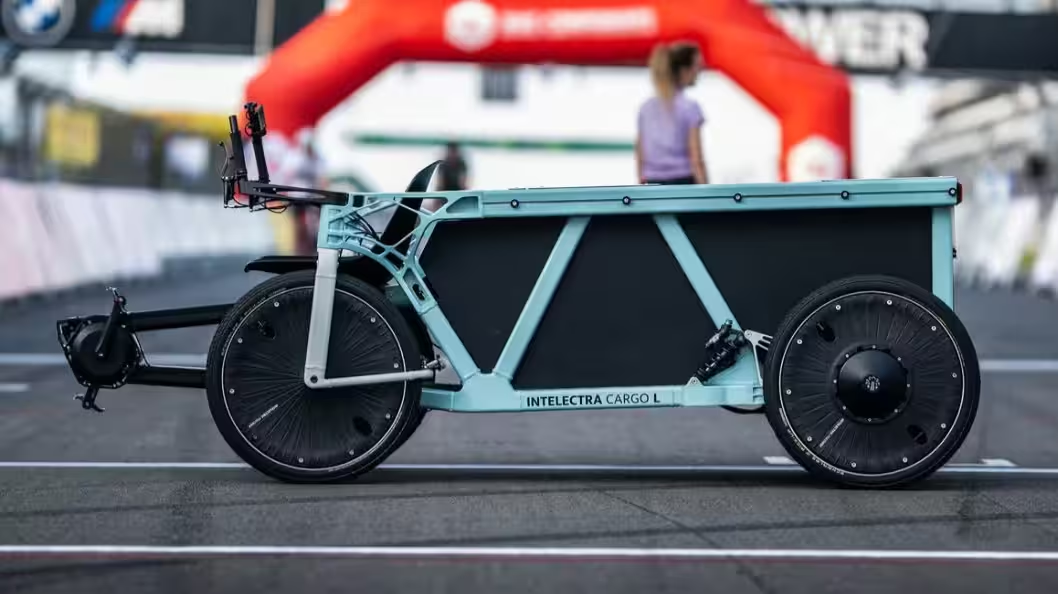
Pedal-by-wire chainless e-cargo bike
-

New reactor yields green ammonia and purified water
-

Super-strength genetically engineered wood for sustainable buildings
-
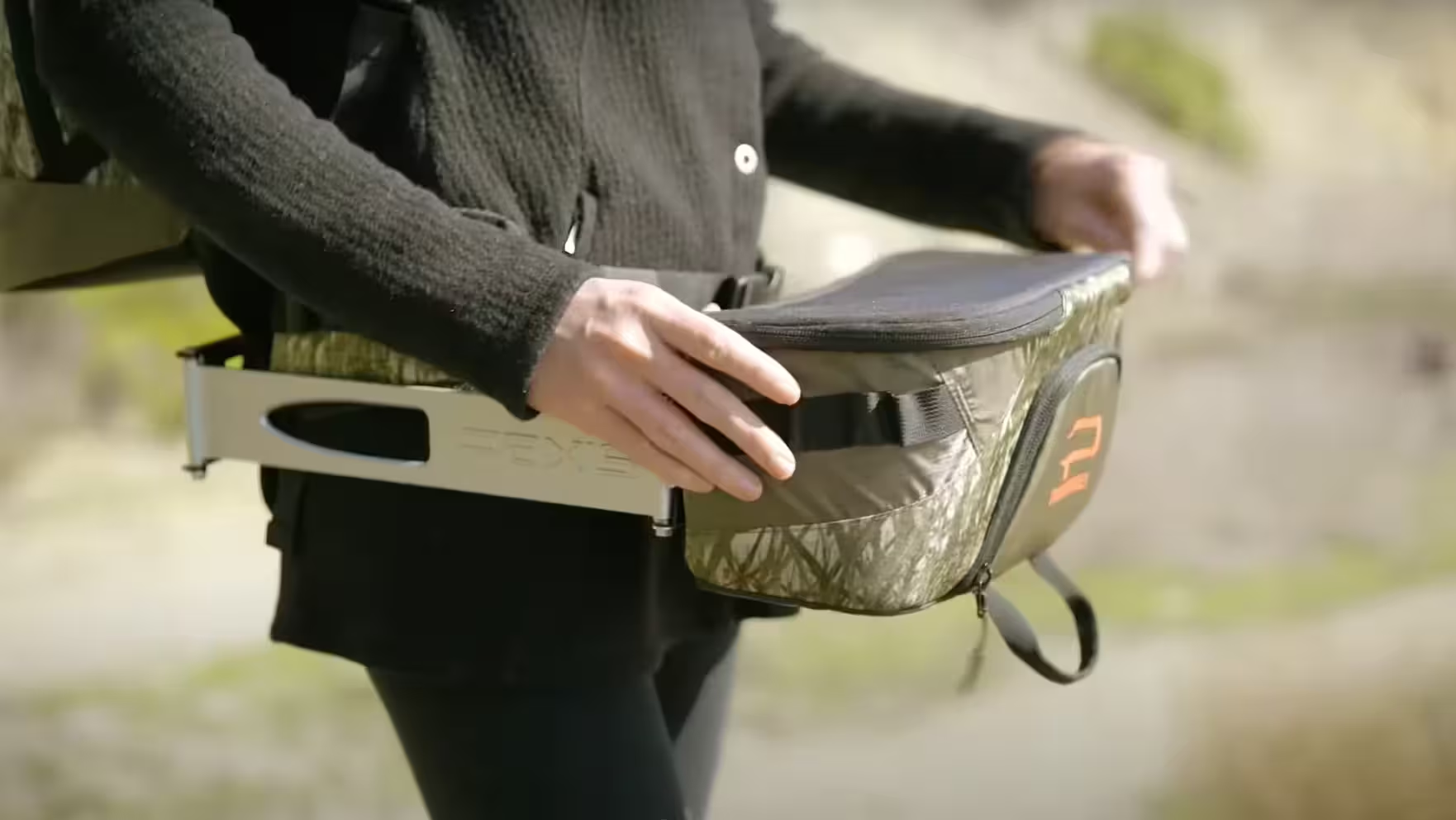
Backpack with swivel compartment for easy access
-

World’s first face and eye transplant
-
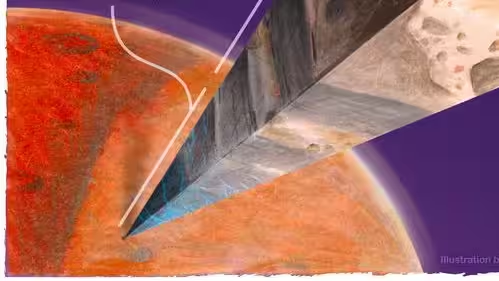
Scientists find oceans of water on Mars. It’s just too deep to tap.
